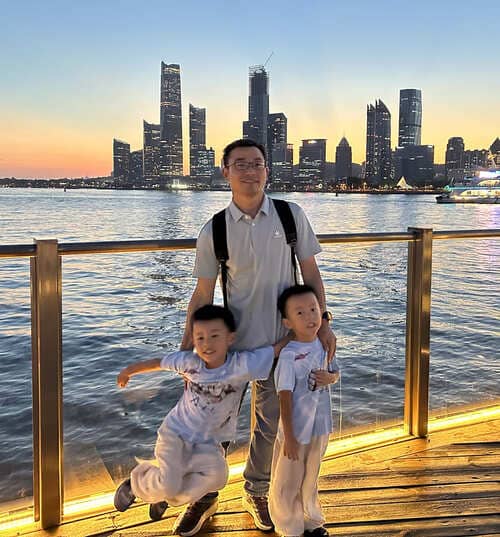I used to think lighting was all about brightness. But now I know—it’s about balance, color, and where you place it. Light is a designer’s strongest silent tool.
Great event lighting uses color theory1, strategic fixture placement2, and smart tech to craft immersive, emotional spaces that guests remember.

Lighting doesn’t just brighten a room—it transforms it.
How does color shape emotion and meaning?
I’ve watched whole rooms change with one color shift. Guests relax under warm amber. They focus under cool white. They dance harder under magenta.
Color in lighting affects mood, guides emotion, and visually defines the purpose and energy of each moment.
I use color like a painter uses pigment:
- Warm tones (amber, candlelight) = comfort, intimacy
- Cool tones (blue, white) = clarity, professionalism
- Bold hues (magenta, red) = energy, celebration
- Branded tones (teal, violet) = identity, consistency
Pro tip: test color mixes with fabric and decor. Sometimes amber on white looks gold. On burgundy, it looks orange. Color always reacts.
Why is lighting placement just as important as color?
Once, I saw an elegant reception fall flat because the lights all aimed straight down. No shadows. No depth.
Correct placement adds shape, drama, and focus—turning flat rooms into multi-dimensional, emotionally engaging spaces.
Where I place lighting always depends on:
- Focal points: What do I want guests to notice?
- Movement: Where will people walk, speak, dance?
- Ceiling height: Are overhead mounts possible?
- Shadow control: Does the light sculpt or flatten?
Some best practices I follow:
- Pin spots 45° overhead for floral highlights
- Uplights behind columns for scale
- Stage washes from side/front angles for shadow control
- Avoiding direct downlights over guest tables—they’re unflattering and uncomfortable
Placement is what turns light into emotion.
What lighting tech makes pro-level control possible?
Years ago, I needed four people to run one event. Now? One tablet and a cue list handle everything.
Modern tech—like DMX control3, wireless LED fixtures4, and programmable apps—lets you sync light to sound, schedule transitions, and control zones effortlessly.

Here’s what I rely on:
- DMX-controlled LEDs: Full color mixing, fade speed, strobes
- Wireless uplights: Battery-powered, zero cabling
- App-based controls: One tablet, total precision
- Pre-programmed scenes: Tap once to shift tone from dinner to dancing
I even use motion cues for speaker walks or couple entrances. Everything is timed. It feels seamless. No sudden switches, no missed moments.
Where does Moonlightia fit into this advanced design?
Some venues just don’t allow complex rigging. That’s why I turn to Moonlightia’s inflatable lighting towers5.
Moonlightia towers offer a clean, reliable, and quick way to create large-area lighting with soft glow and high performance—even in hard-to-light environments.
Whether I’m lighting:
- An outdoor conference
- A beachside wedding
- A film set with no grid access
…I know I can inflate, power up, and deliver pro-grade light in under 10 minutes.
Durable, glare-free, IP65-rated. These aren’t just convenient. They’re essential.

Conclusion
Mastering event lighting design isn’t about fancy gear. It’s about using color, placement, and tech to shape how guests feel, remember, and connect.
-
Understanding color theory is essential for creating emotional and immersive lighting experiences at events. ↩
-
Learn how strategic fixture placement can transform spaces and enhance the overall atmosphere of your event. ↩
-
Explore how DMX control revolutionizes lighting design, allowing for precise and dynamic lighting effects. ↩
-
Discover the advantages of using wireless LED fixtures for flexibility and ease in event lighting setups. ↩
-
Find out how inflatable lighting towers can provide quick and effective lighting solutions in challenging environments. ↩




